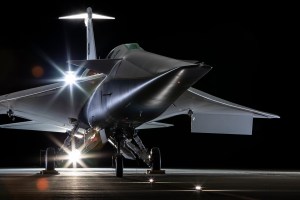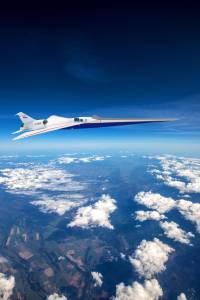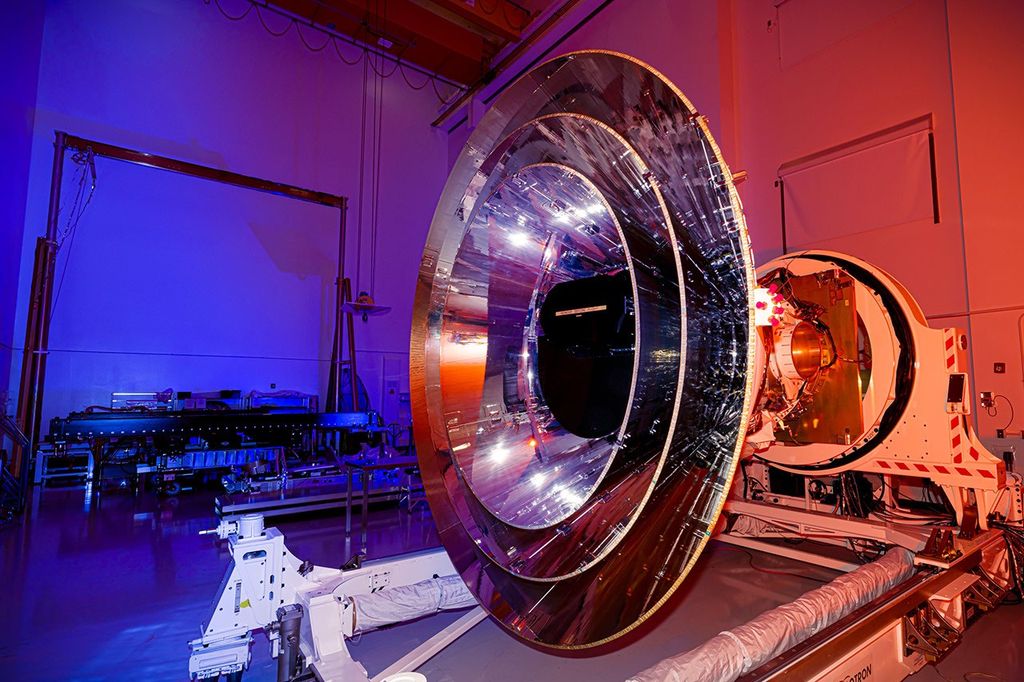Mission Overview
The Quesst mission has two goals. One is to design and build NASA’s X-59 research aircraft with technology that reduces the loudness of a sonic boom to a gentle thump for people on the ground. The other is to fly the X-59 over several U.S. communities to gather data on public responses to the sound generated during supersonic flight and deliver that data set to national and international regulators.
Using this data, new data-driven acceptable noise thresholds related to supersonic flight over land can be established, which would open the doors to new commercial cargo and passenger markets to provide faster-than-sound air travel.
Elements of NASA’s Quesst mission are organized within two of the agency’s aeronautics programs — the Advanced Air Vehicles Program and the Integrated Aviation Systems Program — and managed by a systems project office whose members span both programs and all four of NASA’s aeronautical research field centers: Langley Research Center in Virginia; Glenn Research Center in Cleveland; and Ames Research Center and Armstrong Flight Research Center, which are both located in California.
NASA's Quesst in Three Phases
The Quesst mission is comprised of three phases: build the X-59 aircraft, test it in the air, and then fly the airplane over communities to survey what residents hear.

Phase 1: Aircraft Build & First Flights
This phase consists of NASA and Lockheed Martin building and ground testing the X-59 in Palmdale, California. NASA will then fly the X-59 to prove performance and safety, also known as “envelope expansion.” At the successful conclusion of these flights, NASA will officially take delivery of the aircraft from Lockheed Martin.

Phase 2: Acoustic Validation
NASA will fly the X-59 within the supersonic test range over NASA's Armstrong Flight Research Center and Edwards Air Force Base in California to prove the quiet supersonic technology works as designed, that the aircraft performance is robust in real atmospheric conditions, and that it is safe for operations in the National Airspace System.

Phase 3: Community Response Testing
NASA will fly the X-59 over communities within the U.S. and will ask residents to provide data measuring their perception of the sound produced by the X-plane’s quieter supersonic technology. This data will be provided to regulators to help establish acceptable noise thresholds for commercial supersonic flight over land.
Quesst: The Mission News
Stay up-to-date with the latest content from Quesst: The Mission.

NASA has issued new grants to five universities to help develop education plans for the community overflight phase of the…

It’s almost time for NASA’s supersonic X-59 airplane to make its red, white, and blue public debut, and you’re invited…

Nils Larson, aerospace engineer and test pilot for NASA’s X-59 aircraft, met up with his former student, Artemis II astronaut…

NASA will deliver the results to U.S. and international regulators, who will consider new rules that would lift the ban…

NASA has awarded a contract to Harris Miller Miller & Hanson Inc. of Burlington, Massachusetts, to support a national campaign…

NASA has selected Lockheed Martin Aeronautics Company of Palmdale, California, to provide support for the community overflight response phase of…



































